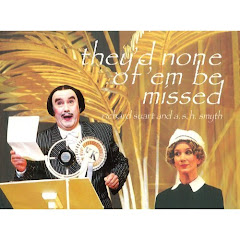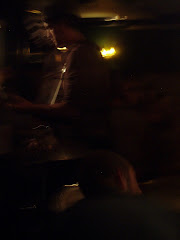Musicophilia: Tales of Music and the Brain
Oliver Sacks
Picador, £8.99, 240p
ISBN: 0330418386
To clarify a point on which Oliver Sacks is, oddly, not explicit: ‘musicophilia’ does not mean ‘love of music’ per se. Rather it refers to our ‘propensity to music… a given in human nature…’ Why, in short, from building sites to chapels Royal, ‘there is innate musicality in everyone.’
Sacks returns to his well-honed case-study format to explore four related themes: musical mental disorders; issues and types of musicality (absolute pitch, for example); music’s relation to other neurological or physical problems; and music and the emotions. The result is a collection of highly readable, short(ish) essays, long on detail about both music and neurology and mercifully short on scientific tongue-twisters (the parahippocampal cortex only crops up the once).
So Sacks discusses how aphasic (speechless) patients can be trained back into speech by song. How playing drums can alleviate the tics of Tourette’s sufferers (even if it does nothing to cure them). How people with one deaf ear can generate ‘a pseudostereo effect’ and how Beethoven’s impairment may even have improved his ‘voluntary imagery’. Even, in Sacks’ own case, how music can make you walk again. (For honest scientific reasons, Musicophilia is clearer on the hows than the whys.)
Not all of the manifold and complex powers of music are beneficial, though, and Sacks writes not just about musico-philia but -phobia, too. In fact, most of the book concerns the short-circuiting of musicophilia (as it were, the exceptions that prove the rule), mental anomalies concerning, caused or normalised by music.
As Sacks recounted in his eponymous study, the man who mistook his wife for a hat can’t perform even the simplest tasks without the spark-plug of a themed song. There is nothing amusing about amusia, least of all if you are the bass player with the New York Phil. Likewise the music critic whom music sent into convulsions, the man who lost consciousness every time he heard Bow bells, and the Sicilian woman who had to flee from weddings. And for anyone who fancies musical hallucinations as a cheap alternative to buying a jukebox, think again: it’s more like having someone else’s iPod, set to shuffle…
Two other interesting themes:
Why we associate some music with certain places almost involuntarily (for me, Blur’s Parklife with Israel, Pergolesi’s Stabat Mater with Merton College chapel) – associations which are particularly strange given that music, alone of all the arts, is totally unrepresentational (Fingal’s Cave is only ‘about’ Fingal’s cave because Mendelssohn named it thus);
And the burrowing of ‘earworms’ or catchy tunes, an increasingly serious aural – and cultural – problem in the age of broadcast media (though before the wireless, Sacks notes, people hallucinated hymns and patriotic songs instead. Alas, earworms reflect the times and not one’s personal taste).
The case-study approach (and the four semi-discrete topics) leaves Musicophilia wanting narrative impetus. On the other hand, it’s easily digestible, chapter-by-chapter, and demonstrates Sacks’ principal strength: his understanding of the ‘richness of the human context’ and his refusal to reduce this to a set of clinical notes.
Tuesday, 30 September 2008
Musicophilia
From Music Teacher magazine (to which - and I'm just guessing here - most of you do not subscribe).
Subscribe to:
Post Comments (Atom)







No comments:
Post a Comment